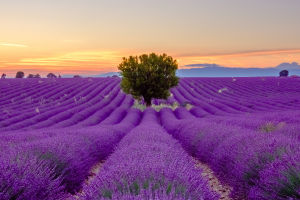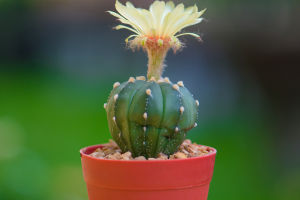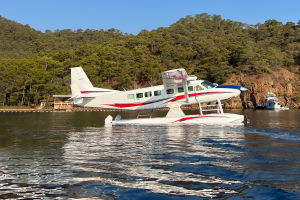Lush forests, towering mountains, deep canyons, gurgling streams, and all kinds of wild animals and plants inhabiting them... There is no better way to appreciate the beauty of Peru's natural landscape than to go to Peru's national parks and reserves.
Follow the list below, and you will appreciate the variety of natural beauty in Peru.
1. An adventurer's paradise: Manu National Park
In southern Peru, east of the Andes, bordering the Amazon Basin, lies the only park in Latin America that covers a full range of environments - Manu National Park.
From the low tropical jungle to the cold highland grassland, the complex natural environment has created a rich variety of flora and fauna in the park. It was included in the World Natural Heritage in 1987.
As the most characteristic and representative park in the Amazon Basin, more than 800 species of birds, 200 species of mammals, 100 species of bats, 12 species of reptiles and 77 species of amphibians have been found here.
More than 1,000 of these registered bird species make the forest a birdwatcher's paradise. One of the must-see attractions is the macaws inhabiting the jungle.
2. Encounter the beauty of the plateau snow-capped mountains: Huascaran National Park
When you drive more than 200 kilometers north of Lima, you come to Huascarán National Park, which is listed as one of the World Heritage Sites.
The park covers much of Peru's most spectacular mountain range, the Sierra Blanca, including the highest mountain in Peru, the 6,768-meter Huascarán.
Huascaran National Park is one of the most extraordinary alpine ecosystems on Earth: 663 glaciers, 269 lakes, and 41 rivers, and hundreds of peaks.
When you hike in the park, you will see the magnificent scenery of snow-capped mountains, strange peaks, lakes, dangerous valleys, and tropical glaciers.
3. The spectacle where the desert meets the sea: Paracas National Reserve
Paracas National Reserve, located on the southern coast of Peru, is a protected area including coastal waters, islands, and parts of the mainland, and it is an unforgettable scenic spot.
The azure sea and the golden desert are in stark contrast. The gentle breeze, strong sunshine, and golden sand warmly welcome tourists who come to enjoy the waves.
The diversity of species is also fully reflected here: about 216 species of birds, 36 species of mammals, 10 species of reptiles, and 168 species of fish inhabit the reserve. You'll also have the chance to say hello to lazy sea lions, adorable Humboldt penguins, dolphins, flamingos, and more!
The most attractive thing is to take a private yacht to visit the birds island of Islas Ballestas. In the sound of the waves, you can see all kinds of seabirds flying in the sky from a distance. On the way back, you will also come across the mysterious Paracas Candelabro land painting.
4. The treasure of the Amazon Rainforest: Tambopata National Reserve
Located in southeastern Peru, the Tambopata National Reserve, covering more than 2,700 square kilometers, is one of the remaining gems of the Amazon rainforest and a must-see for Peruvian tourists and nature lovers from all over the world.
As a national reserve, its secluded location has allowed Tambopata's biodiversity to be greatly protected and developed.
It is home to more than 1,000 species of butterflies, more than 100 species of mammals, more than 600 species of birds, and hundreds of species of trees and plants, as well as many animals that have disappeared from other parts of the Amazon. Watching the clay-eating birds is one of the must-dos when visiting Tambopata Conservation Area.
On the clay walls eroded by water on the banks of the river, every dawn, various parrots flock here to eat the clay and obtain salt from it, sometimes the number reaches hundreds.


